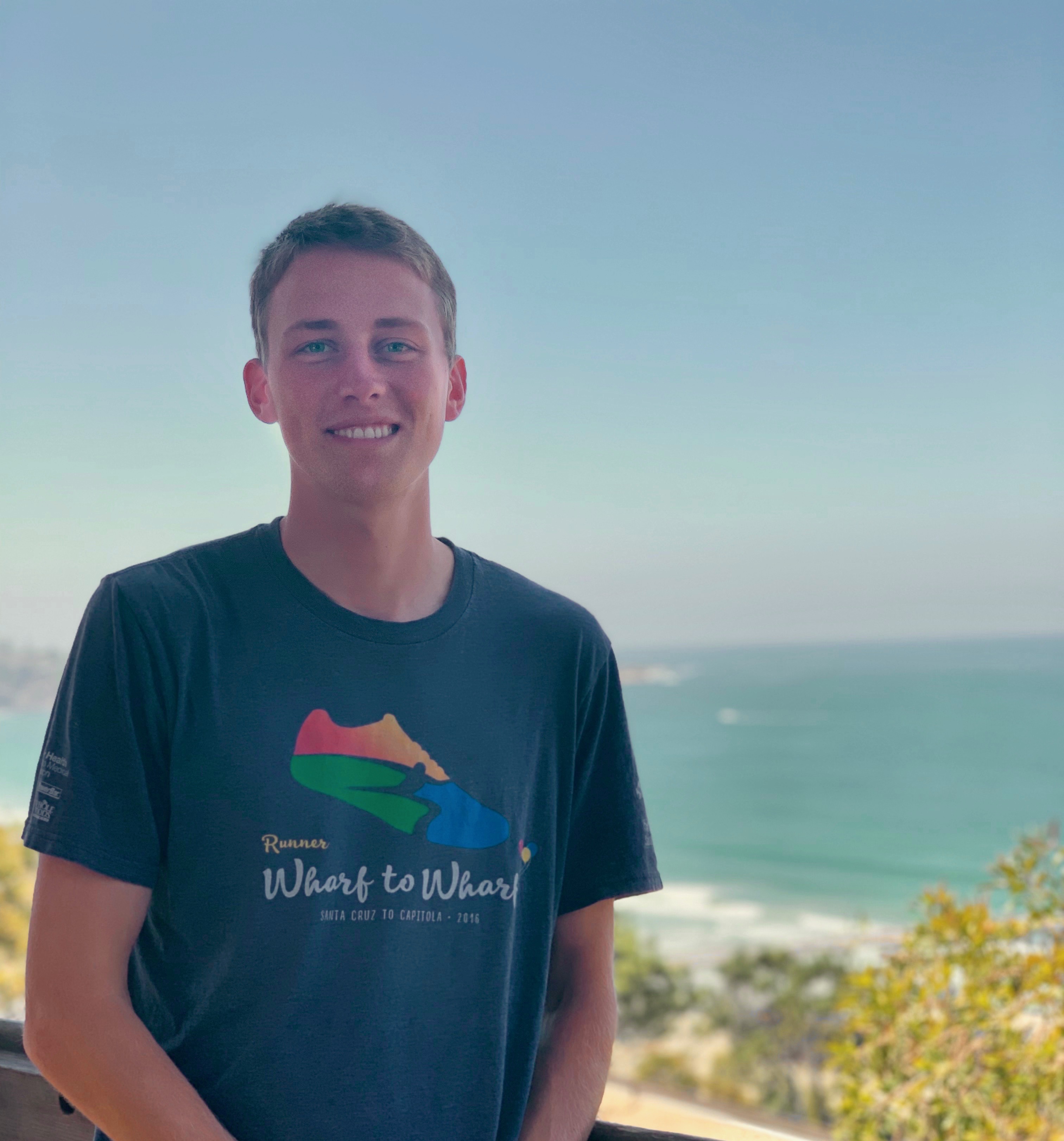2022 Ocean Science Meeting
Date:
Participant in the 2022 Ocean Science Meeting where I asynchronously presented an oral presentation of my research findings from my research project exploring observations of surface gravity wave spectra from a moving platform. Find slides to presentation here and oral presentation here.
Abstract:
Surface waves play an important role in the ocean-atmosphere coupled climate system by mediating exchanges of momentum, heat, and gas between the atmosphere and the ocean. Pseudo Lagrangian autonomous platforms (e.g. Boeing Liquid Robotics Wave Gliders) have been used to investigate the underlying physical dynamics involved in these processes to better parameterize the air-sea exchange occurring at the scale of the surface waves. This requires accurate measurements of directional surface waves down to short scales (O(1)m), as these shorter waves support most of the stress between the atmosphere and ocean. A challenge to overcome for pseudo Lagrangian autonomous vehicles is that the platform velocity causes the observed frequency of the waves to be doppler shifted. This leads to a modulation of the wave spectrum, in particular at high frequencies, that depends on the platform’s speed, the wave frequency, and the relative angle between the direction of wave propagation and the platform heading. In this work, we propose a novel approach to correcting this effect, building upon the work of Longuet-Higgins (1986) and more recently by Collins et al. (2017). The method is validated using a unique dataset collected from a fleet of Wave Gliders off the coast of Southern California in September 2019 operating on a tight square (500 m edge length) track over a 3-day deployment. This technique can be used to estimate wave spectra derived from other slow moving surface vehicles such as Saildrones that use platform motion to characterize the surface wave field.
